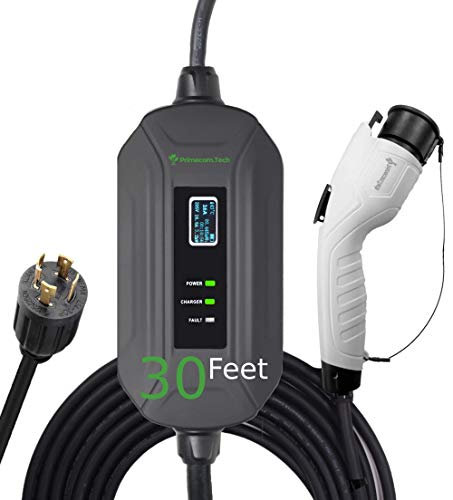I’m new on here, a UK user and currently own a BMW 5 Series, 3.0 litre. It only does 26 MPG and I’ve recently landed a new job which means I’ll be doing up to 75 miles one way commute. This journey will be mainly across single carriageway “A” roads at 60MPH for about 40 miles, about 20 miles on a dual carriageway “A” road with a 70 MPH limit and then the rest in town centres. There is no charging point at work so I will need a REX as the standard i3 won’t be sufficient. I’d be looking to buy a used i3 REX, so I won’t be able to afford the 94Ah version, it will be the 2015 variant.
The questions I have are
1) Is the i3 REX up to a long distance commute such as this, typically this will be up to 150 miles per day/750 miles per week with only access to a charge point at home?
2) How does the REX work in practice? Would I use almost all of the battery to get to work and then be using the REX almost all of the way home? Or would 50/50 be more likely?
3) How realistic are the quoted ranges in UK weather, especially the winters? I live in the south of England so the winters are not too severe.
4) The REX tank I see is only 2 gallons, would this mean that I’d need to refuel every day?
5) What are the servicing costs and how often does it need to be serviced?
Any help or advice that anyone can offer would be appreciated.
The questions I have are
1) Is the i3 REX up to a long distance commute such as this, typically this will be up to 150 miles per day/750 miles per week with only access to a charge point at home?
2) How does the REX work in practice? Would I use almost all of the battery to get to work and then be using the REX almost all of the way home? Or would 50/50 be more likely?
3) How realistic are the quoted ranges in UK weather, especially the winters? I live in the south of England so the winters are not too severe.
4) The REX tank I see is only 2 gallons, would this mean that I’d need to refuel every day?
5) What are the servicing costs and how often does it need to be serviced?
Any help or advice that anyone can offer would be appreciated.

































![300W Car Power Inverter DC12V to AC110V,Dc to AC Car Plug Adapter Outlet with Multi USB[24W USB-C] /USB-Fast Charger(24W) Car Inverter,Car Charger for Laptop Vehicles Road Trip PiSFAU](https://m.media-amazon.com/images/I/41-KedJShYL._SL500_.jpg)













